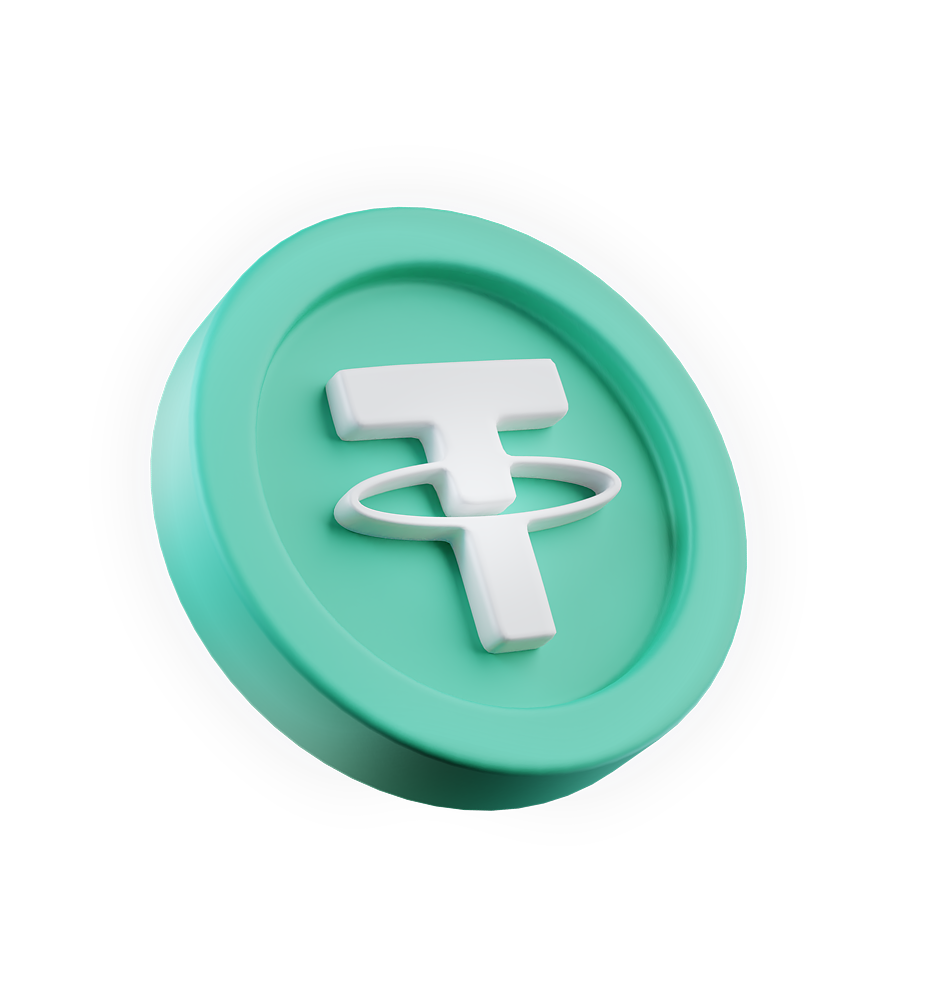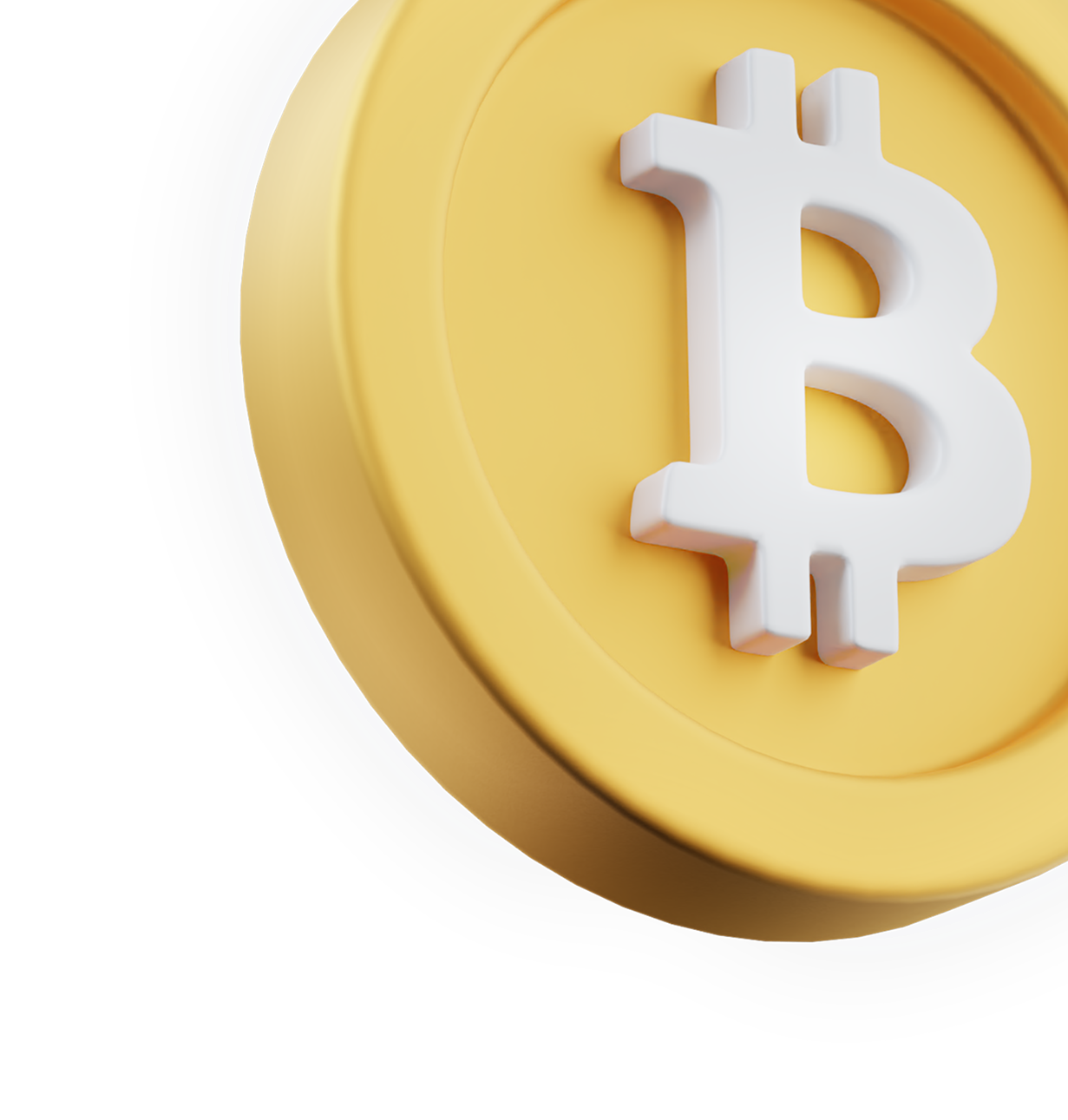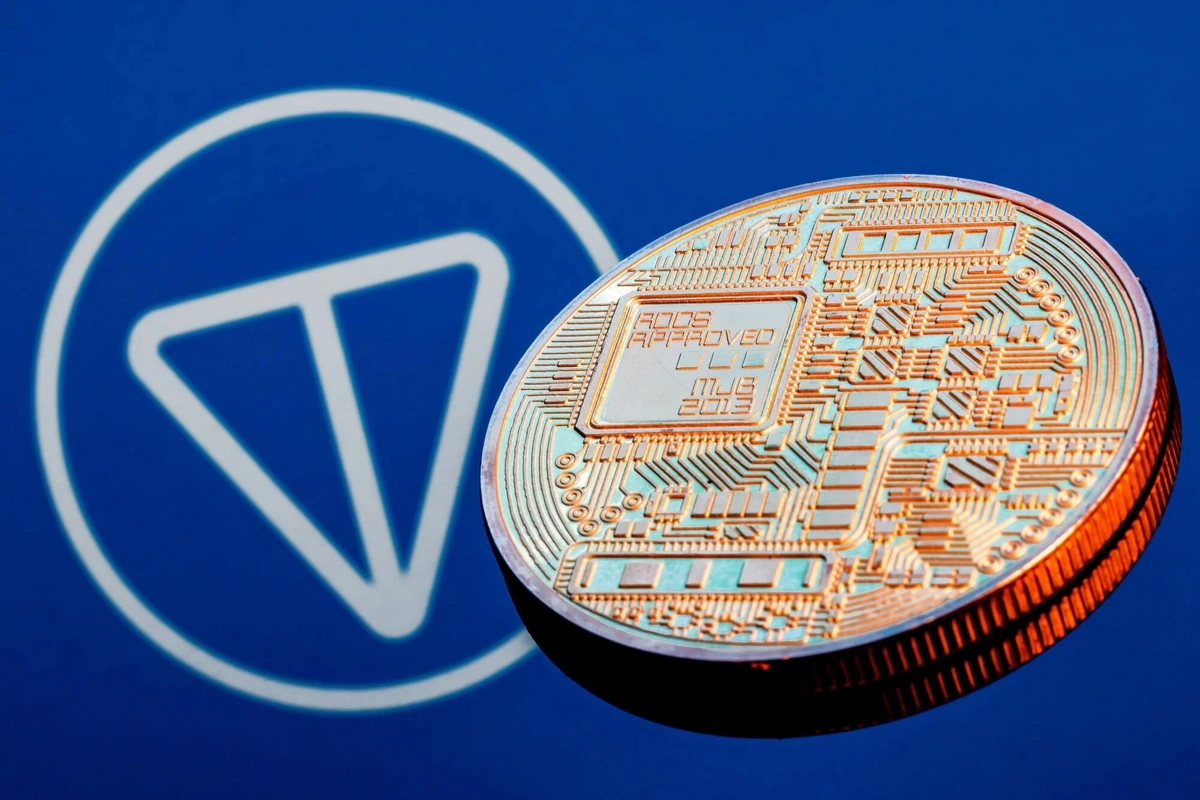The quest for a truly scalable, secure, and versatile blockchain has been relentless in recent years. Despite facing significant legal and regulatory challenges, the TON blockchain, also known as TON The Open Network, has persisted, driven by a dedicated community and innovative technological foundations. In this blog, we take a deeper look at the TON ecosystem, how it’s different, and why it exemplifies the true spirit of Defi.
What is TON Blockchain and Its History?
The TON blockchain (The Open Network) was initially developed by the Durov brothers, Pavel and Nikolai, who are also the founders of Telegram, a popular messaging app. Originally, the project was publicly announced in late 2017, capturing significant attention due to the popularity and credibility of Telegram. Then, in early 2018, Telegram conducted one of the largest initial coin offerings (ICOs) at the time, raising around $1.7 billion from private investors. The funds were intended to develop the TON blockchain and its associated cryptocurrency, Gram.
However, In October 2019, the U.S. Securities and Exchange Commission (SEC) filed a lawsuit against Telegram, claiming that the ICO was an unregistered securities offering. After a prolonged legal battle, Telegram agreed to return $1.2 billion to investors and pay an $18.5 million civil penalty. As part of the settlement, Telegram also agreed to halt the development of the TON blockchain.
At this point, it looked like the TRON project could be dead, but the community stood strong. Despite Telegram's withdrawal, the open-source nature of the TON project allowed independent developers and the community to continue its development. This led to the formation of the Free TON project, which aimed to carry forward the vision of a decentralized network.
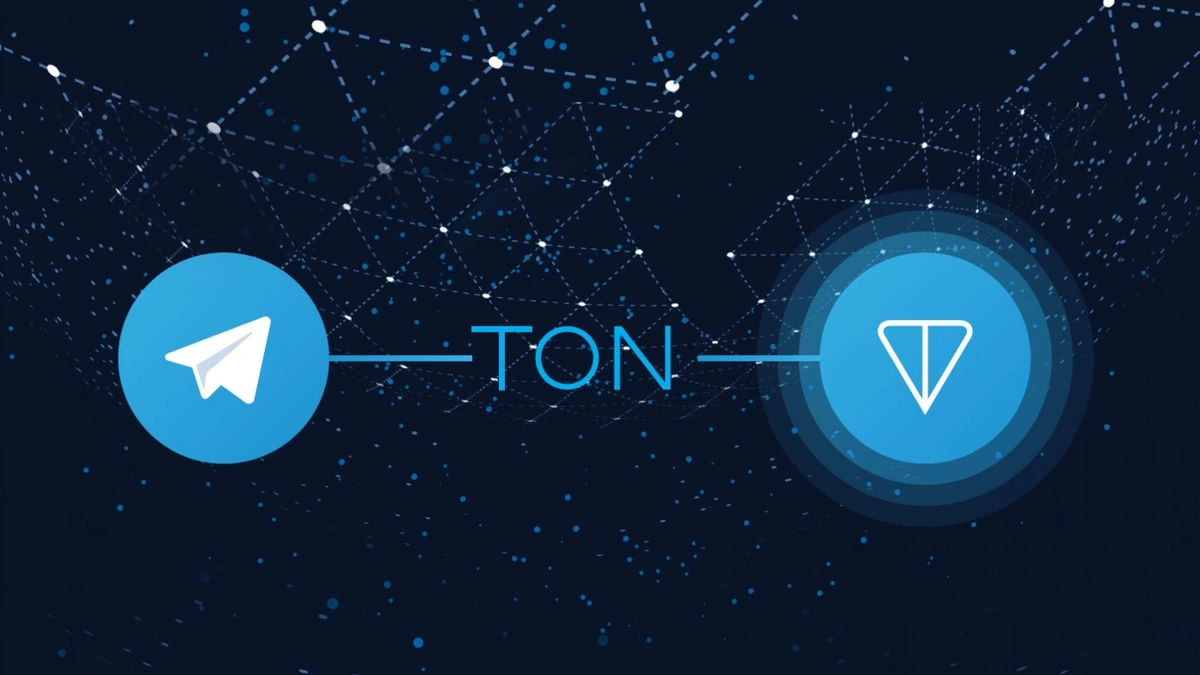
Goals of the TON Blockchain
1. Scalability and Speed
Achieving high transaction speeds and scalability is a primary objective, addressing the limitations faced by earlier blockchains like Bitcoin and Ethereum. The network is designed to handle millions of transactions per second through its multi-blockchain architecture.
2. Decentralization and Security
Creating a highly decentralized and secure network is essential. The unique consensus mechanism, called the Byzantine Fault Tolerant (BFT) protocol, ensures network reliability and security.
3. Versatility and Functionality
Designed as a multi-blockchain platform, TON can support multiple chains within its network. This architecture includes master chains and work chains, enhancing the network's versatility and ability to handle diverse applications. The platform supports smart contracts, enabling the development of decentralized applications (dApps) and services on the blockchain.
4. Integration and User Experience
Seamless integration with Telegram is a key goal, leveraging the app's extensive user base. This integration facilitates easy access to blockchain features for millions of Telegram users, promoting widespread adoption. The project focuses on providing a user-friendly experience with features like wallet services, payment channels, and decentralized storage, making blockchain technology more accessible to everyday users.
5. Financial Ecosystem
The native cryptocurrency, Gram, is designed for transactions within the network, serving as a means of payment for services, transaction fees, and as an incentive for network validators. The network aims to support various financial services, including micro-payments, decentralized exchanges, and lending platforms, fostering a robust financial ecosystem.
Technical Features of the TON Blockchain
Multi-Blockchain Architecture
The TON blockchain employs a unique multi-blockchain architecture, consisting of a master chain and numerous work chains. The master chain oversees the network’s overall operations, while work chains can handle specific tasks or applications. This structure allows TON to achieve high scalability and transaction speeds by distributing the workload across multiple chains, significantly improving efficiency and performance compared to single-chain blockchains.
Dynamic Sharding
Dynamic sharding is a core feature that sets TON apart. This technology enables the network to automatically split and merge its work chains and shards based on the transaction load. When transaction volume increases, the blockchain dynamically creates new shards to handle the load, and when the volume decreases, it merges them to conserve resources. This adaptive mechanism ensures optimal performance and resource utilization, maintaining high throughput even during peak demand.
Hypercube Routing
TON uses an innovative routing method known as hypercube routing, which facilitates efficient data transfer across its network. This technique allows information to be transmitted quickly and securely between nodes, reducing latency and ensuring that transactions are processed swiftly. Hypercube routing supports the network’s goal of achieving fast and reliable communication between its multiple blockchains and shards.
Advanced Consensus Mechanism
The Byzantine Fault Tolerant (BFT) consensus protocol used by TON enhances the network's security and reliability. Unlike traditional consensus mechanisms, BFT can tolerate a certain number of malicious nodes without compromising the integrity of the network. This protocol ensures that all honest nodes reach agreement on the state of the blockchain, even in the presence of adversaries, providing a robust and resilient foundation for the network.
Smart Contracts and TON Services
TON offers a comprehensive suite of smart contract capabilities, enabling developers to create and deploy decentralized applications (dApps) on its platform. Additionally, TON Services provide various decentralized services such as domain name registration (TON DNS), file storage (TON Storage), and payment channels (TON Payments). These services enhance the functionality of the network and offer a broad range of use cases for developers and users.
Instant Hypercube Transactions (IHT)
To further boost transaction speeds, TON implements Instant Hypercube Transactions (IHT), which allow transactions to be confirmed in mere seconds. IHT leverages the hypercube routing and dynamic sharding features to quickly validate and finalize transactions, providing a near-instantaneous user experience. This is particularly beneficial for applications requiring fast transaction processing, such as gaming and financial services.
Self-Healing and Self-Sufficient Network
TON is designed to be self-healing and self-sufficient. The network can automatically detect and resolve issues without external intervention. For instance, if a node fails or becomes malicious, the network can reroute data and reassign tasks to maintain continuity and security. This self-healing capability ensures the network remains operational and resilient under various conditions.
These technical features distinguish the TON blockchain from standard blockchain implementations, offering advanced scalability, security, and versatility. By integrating innovative technologies like dynamic sharding, hypercube routing, and a robust consensus mechanism, TON aims to provide a highly efficient and user-friendly platform for decentralized applications and services.
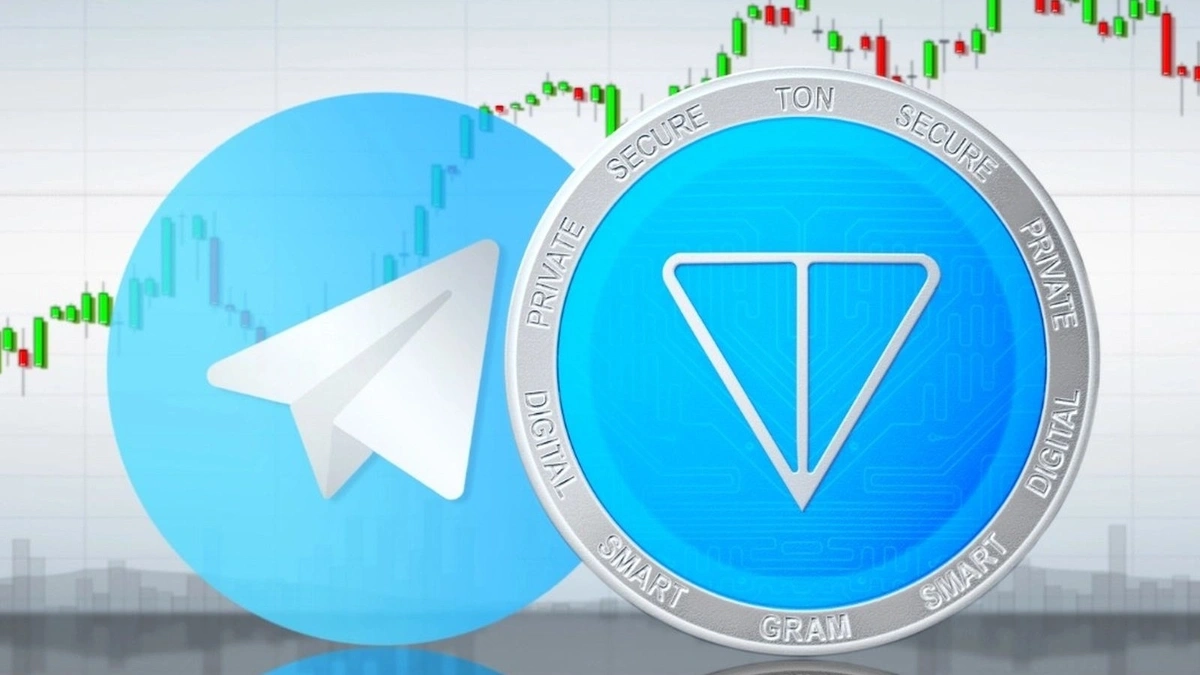
Applications and Potential Uses of the TON Blockchain
Decentralized Finance (DeFi)
High transaction speeds and low fees make the TON blockchain an ideal platform for DeFi applications. These include decentralized exchanges (DEXs), lending platforms, and stablecoins, offering faster and more efficient financial services compared to traditional blockchain platforms.
Decentralized Applications (dApps)
The robust smart contract capabilities of TON support the development of a wide range of dApps across various industries, including gaming, supply chain management, and healthcare. Developers can create sophisticated dApps that benefit from the network's scalability and security features.
Content and Media Distribution
Decentralized storage solutions provided by TON (TON Storage) enable secure and efficient content distribution. This includes hosting websites, storing media files, and ensuring data integrity and accessibility, reducing reliance on centralized servers and improving data security and availability.
Messaging and Social Media
Integration with Telegram enhances messaging and social media platforms with blockchain features. This includes secure and private messaging, decentralized identity verification, and token-based reward systems for user engagement, enabling innovative communication solutions.
E-commerce and Micropayments
Fast transaction processing and low fees make TON suitable for e-commerce platforms and micropayment systems. Businesses can leverage TON for secure and efficient transactions, facilitating seamless online shopping experiences and microtransaction models in digital content and gaming industries.
Voting and Governance
The decentralized nature of TON makes it an excellent platform for voting and governance applications. Secure, transparent, and tamper-proof voting systems can be implemented for organizational decision-making, political elections, or community governance, increasing trust and participation in governance processes.
Existing Examples of Projects Using TON
TON Labs
As one of the primary developers working on the Free TON project, TON Labs has developed various tools and solutions to support the TON ecosystem. These include developer tools, blockchain explorers, and decentralized applications, all aimed at fostering a vibrant and innovative community around the TON blockchain.
TON Swap
A decentralized exchange built on the TON blockchain, TON Swap allows users to trade tokens directly from their wallets without needing a centralized intermediary. Leveraging the fast transaction speeds and low fees of the TON network, it offers an efficient and user-friendly trading experience.
TON Surf
This multi-functional wallet and browser for the TON blockchain provides users with a secure way to manage their TON assets, interact with dApps, and access decentralized services. Integrating various features such as a wallet, browser, and messenger, TON Surf serves as a comprehensive tool for TON users.
TON DNS
The decentralized Domain Name System (DNS) allows users to register human-readable domain names for their TON addresses. By replacing complex addresses with easy-to-remember names, this service simplifies the process of sending and receiving transactions, enhancing user experience.
TON Payments
Designed to facilitate fast and secure micropayments within the TON ecosystem, TON Payments can be used for various applications, including in-app purchases, tipping, and subscription models. This service leverages the network's scalability and low transaction costs to provide efficient payment solutions.
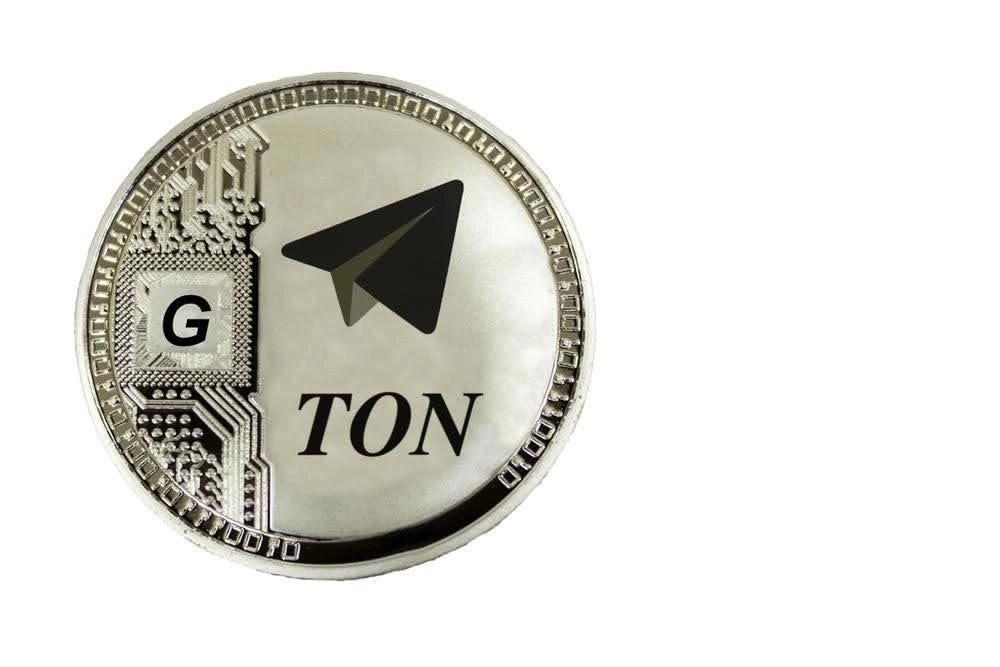
TON Scan
A comprehensive TON blockchain explorer, TON Scan allows users to monitor transactions, blocks, and other activities on the TON blockchain. This tool provides transparency and insight into the network’s operations, making it easier for users and developers to track and analyze blockchain data.
In Summary
As we look at the journey of the TON blockchain, it becomes evident that innovation in the blockchain space is often accompanied by significant challenges. The resilience of the TON community and the technological advancements embedded in its architecture show that the future of decentralized technology hinges on adaptability, community-driven development, and unwavering commitment to solving the complex problems of scalability, security, and usability. Whether TON becomes the leading blockchain platform or not, its contributions to the field exemplify the spirit of continuous innovation that drives the entire blockchain industry forward.

